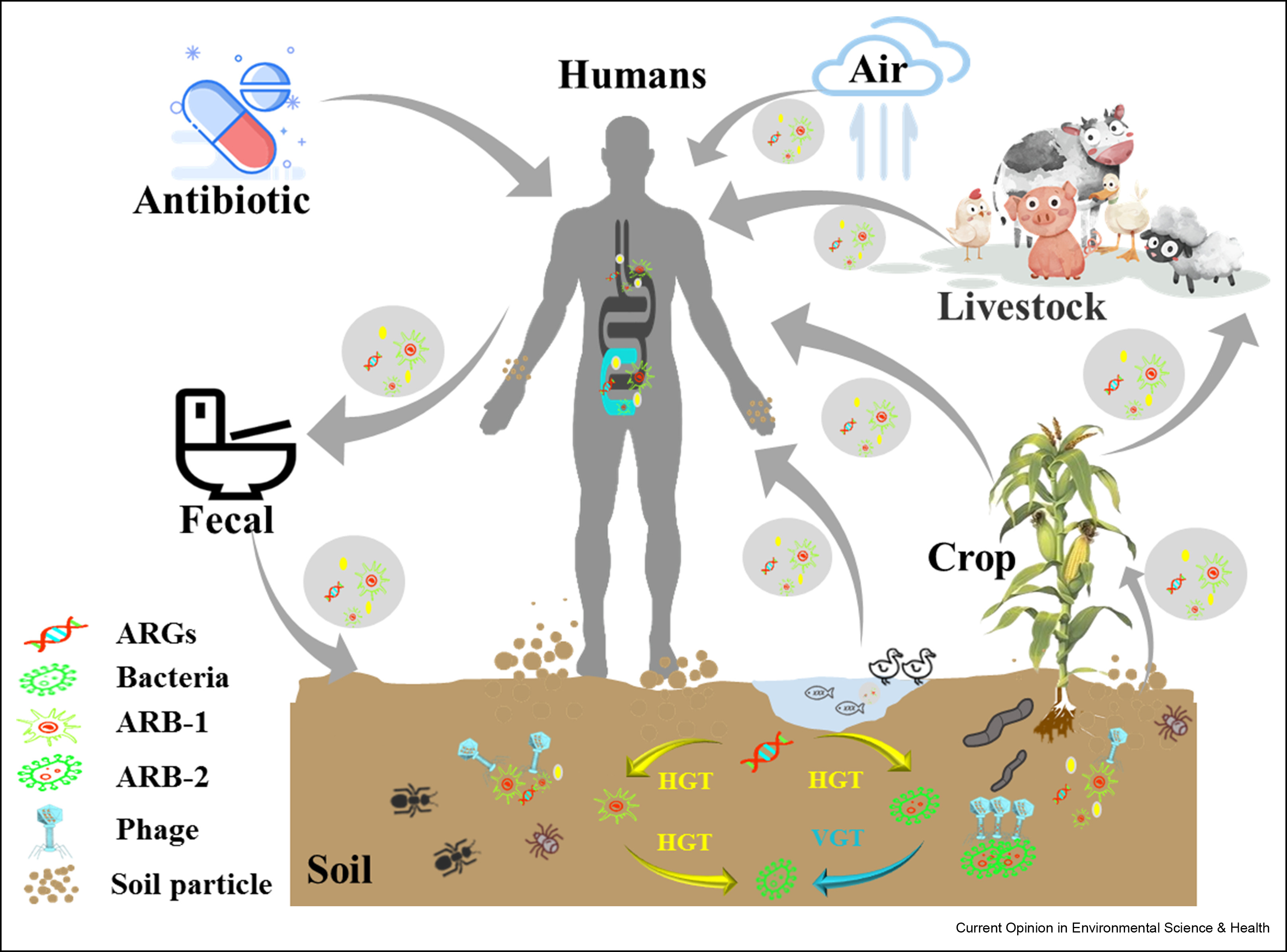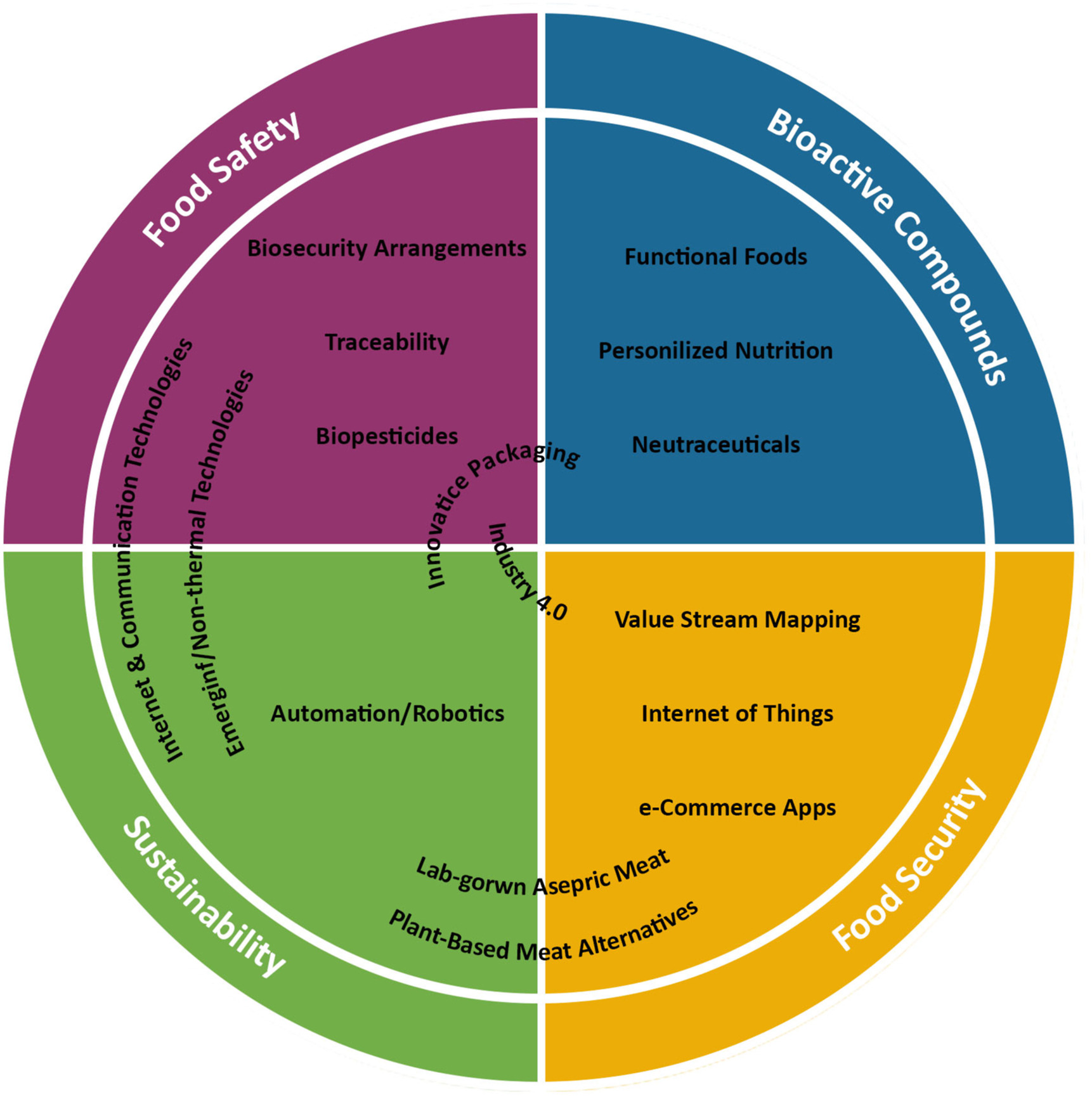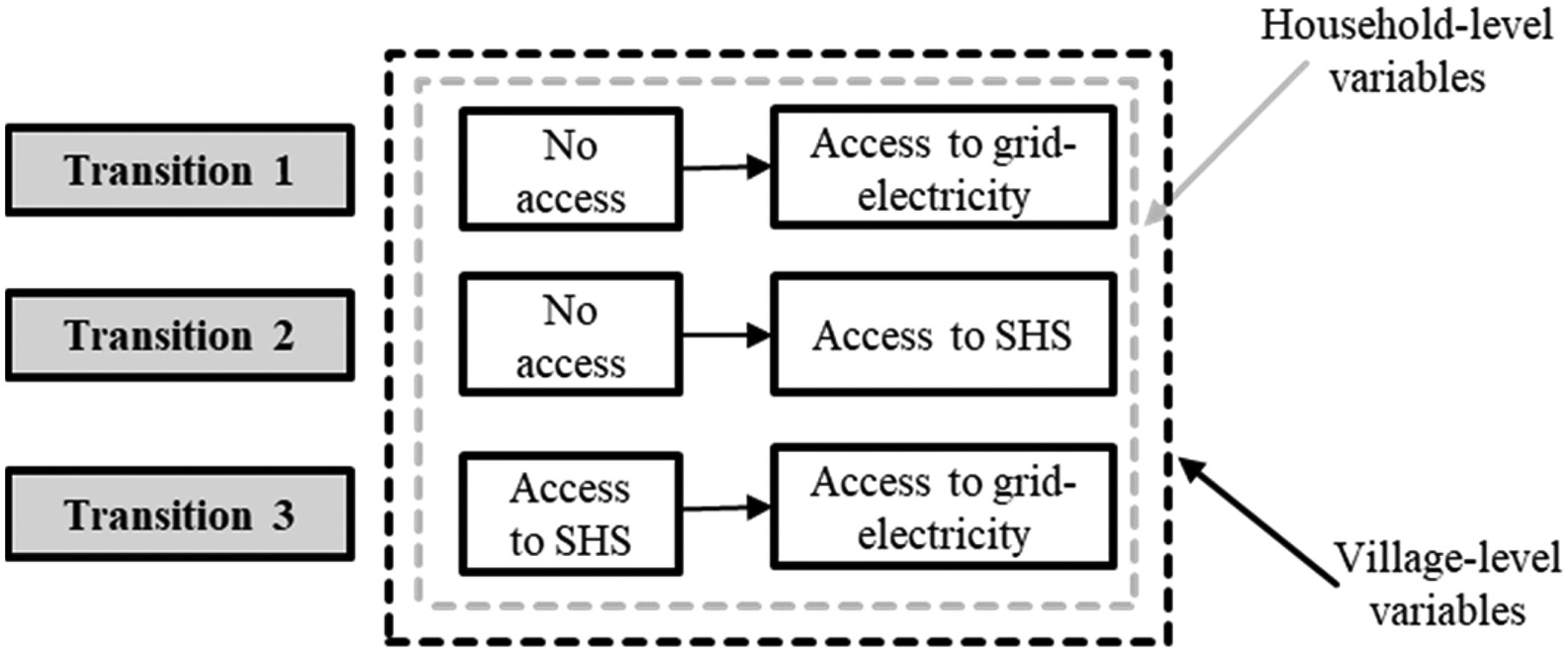Rapid emergence of antibiotic resistance genes (ARGs) is a global problem. Soil is a major reservoir of ARGs. The extensive use and/or abuse of antibiotics has increased ARGs proliferation in the soil. The dynamics and transfer of ARGs amongst microorganisms associated with plants and fauna are being investigated. Exogenous coselective agents further exacerbate the problem. Integrated approaches reducing selection pressure and disrupting ARGs transmission routes are essential in the One Health perspective, which appreciates the interconnectivity between humans, animals, and the environment.
Background: The number of individuals with vision impairment worldwide is increasing because of an ageing population. We aimed to systematically identify studies describing the association between vision impairment and mortality, and to assess the association between vision impairment and all-cause mortality. Methods: For this systematic review and meta-analysis, we searched MEDLINE (Ovid), Embase, and Global Health database on Feb 1, 2020, for studies published in English between database inception and Feb 1, 2020.
Background: COVID-19 pandemic has caused a global lockdown that has abruptly shut down core businesses and caused a worldwide recession. The forecast for a smooth transition for the agri-food and drink industry is, at best, alarming. Given that COVID-19 shutdown multiple core services (such as aviation, food services, supply chains, and export and import markets), there is an enormous deficiency in critical information to inform priority decision making for companies where this uncertainly is likely to impact negatively upon recovery.
The clown anemonefish (Amphiprion ocellaris) is a common model species in studies assessing the impact of climate changes on tropical coral fish physiology, metabolism, growth, and stress. However, the basic endocrine principles for the control of food intake and energy homeostasis, under normal and elevated sea temperatures, in this species remain unknown. In this work, we studied food intake and growth in clown anemonefish reared at different temperatures and with different food availability.
This Comment supports SDGs 3 and 10 by highlighting the need to centre race in the work of the global health community. The authors call on colleagues to meaningully engage with critical race theory, a transdisciplinary intellectual movement to understand and disrupt systemic racism.
This paper presents an analysis of the path towards a clean energy transition in rural areas, from the time that households do not have electricity access from any source, to when they get access to the national electricity; considering the intermediate access to an off-grid renewable technology, as well as the post-electrification years. For this, field household-level data are collected through surveys and electricity consumption measurements in rural Kenya.
If we can’t see race and ethnicity in research, how will we see racial inequality?
Introduction: Estrogen receptors (ER) (ERα, ERβ) and aromatase (key enzyme for estrogen synthesis) are expressed in most human NSCLCs. High intratumoral estrogen levels and elevated aromatase expression in NSCLC predict poor outcome. This open-label, phase 1b, single-center study evaluated the safety and tolerability of escalating doses of the aromatase inhibitor, exemestane, in combination with carboplatin and pemetrexed in postmenopausal women with stage IV nonsquamous NSCLC.
The COVID-19 pandemic has uncovered and intensified existing societal inequalities. People on the move and residents of urban slums and informal settlements are among some of the most affected groups in the Global South. Given the current living conditions of migrants, the WHO guidelines on how to prevent COVID-19 (such as handwashing, physical distancing and working from home) are challenging to nearly impossible in informal settlements.
"
This Comment article supports SDG 3 and 10 by proposing that future studies exploring the link between racism and health inequalities are designed with more theoretically informed research questions, whose findings can more readily help tackle existing problems. Suggested areas for further research include the impact of neighourhood desegregation, increased racial diversity in labour markets, and reduced mass incarceration in diminishing racial health inequalities.




